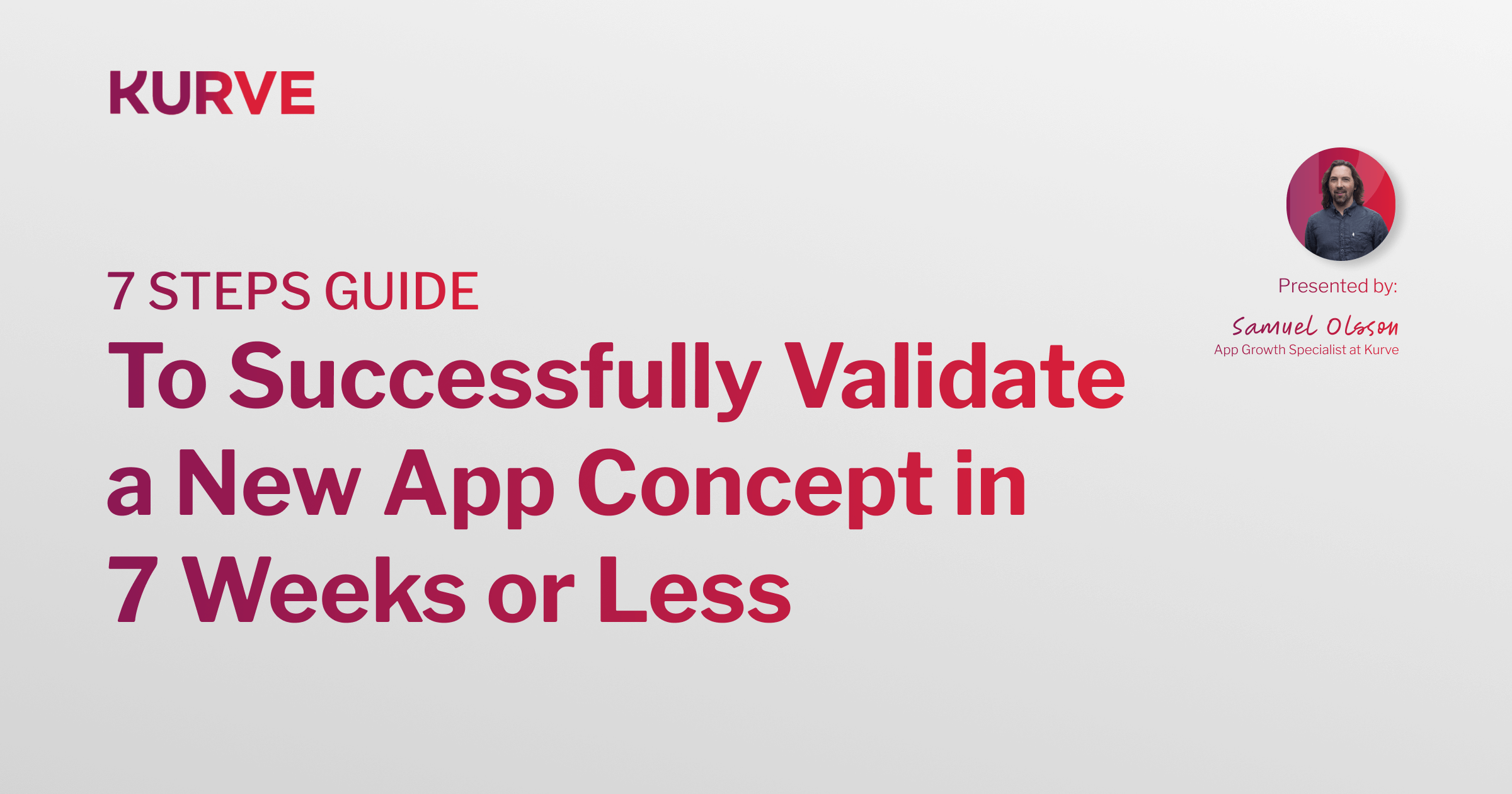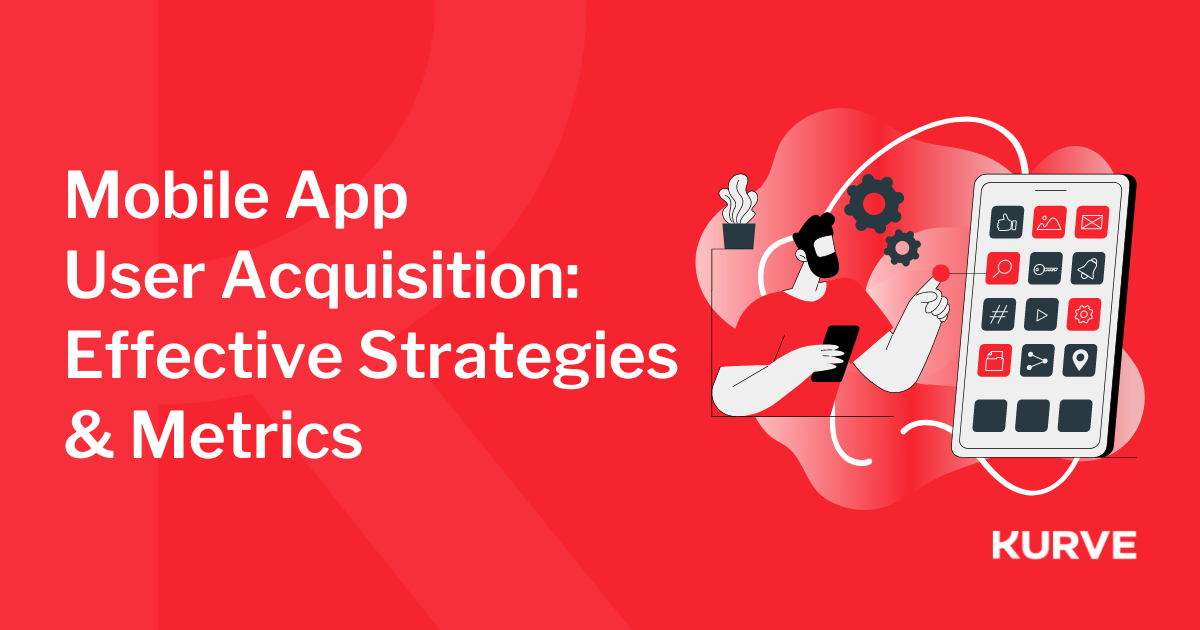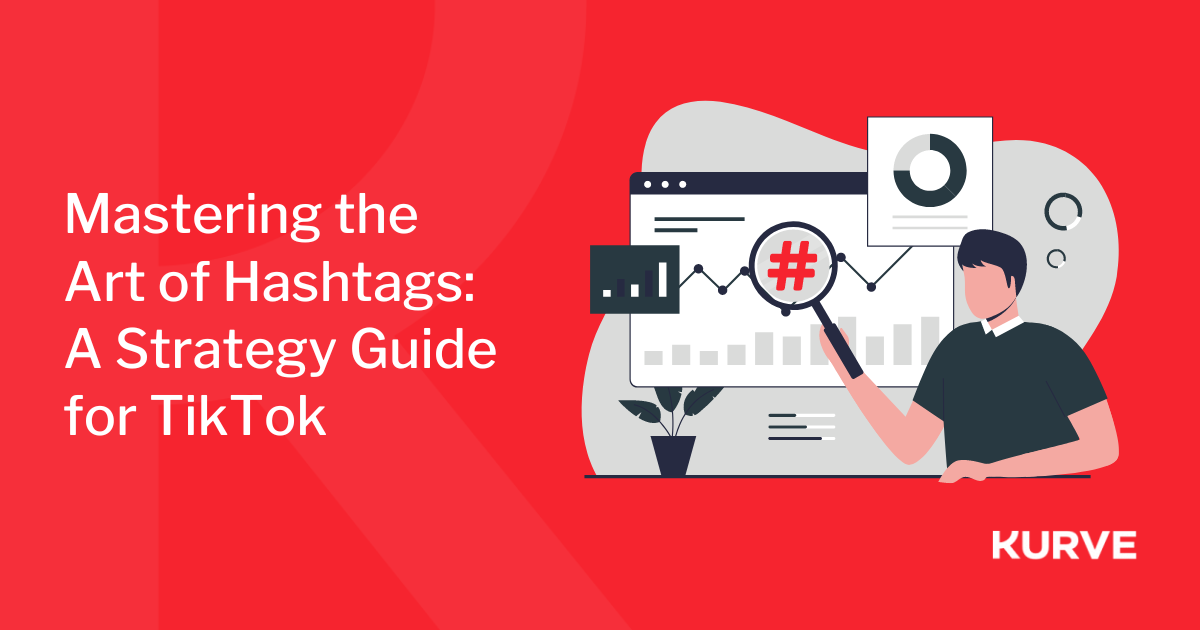What are the best metrics to measure funded startup growth?
Metrics to Track Growth of a Startup
Constant measurement is essential for every aspect of doing business. For fast-growth startups, it can be unclear which measurements have long-term meaning, and which can be understood to reflect the success of your first weeks, months, and years as a business.
In this article, we will look at some of the best metrics in measuring startup growth. Typically, this piece will be most relevant to investor-funded startups that are set-up to disrupt a market and make a powerful immediate impact.
Sales metrics
When measuring sales, you should consider measuring revenue run rate . The run rate helps you to predict the future performance of your business sales; particularly pertinent for startups that must report to investors. However, remember that if you operate in a seasonal industry, the run rate may be a deceiving figure.
For B2B in particular the summer months and Christmas period may experience lulls, as busy minds drift towards holidays and festivities.
Sales measurements should also include ARPU ; average revenue per user. If this trend is upwards, it’s a signal that you’re squeezing more from every customer. This is a good indication of selling power, but further research is needed to identify which customers are most valuable and why.
The financials
There are three financial metrics highlighted by this useful article on Forbes , namely burn rate, operational efficiency, and gross margins.
Burn rate is quite simply the amount of money that you’re spending. It’s about understanding the amount of time left before you break even and return a profit.
Your operational efficiency is essential for sustainable scaling of a funded startup. It involves understanding your expenses and operating margins in relation to revenue, and ensuring that you leave enough space to allow for growth.
A gross margin is the percentage of total remaining revenue left after costs directly attributed to production and delivery of a product or service. You can learn the difference between gross margin and operating margin in this handy Investopedia article .
Your customers and clients
Most notably, startups should be measuring customer acquisition cost and churn rate.
The former is defined as the your costs in attracting new customers and clients. But how can you calculate your CAC? At the most basic level, it’s the amount of investment made in marketing, per converted customer. So, 100 customers from £100 investment means a £1 CAC. However, it can a bit more complicated, as Alex Reeve of LinkedIn outlines in this Quora feed.
Churn rate is a measurement of customer retention. Your churn rate should go down over time, as you engage a loyal set of customers and clients with targeted content, offers, and more. You can calculate your monthly churn rate easily; the number of clients lost, divided by the number of clients at the start of each month.
You can reduce churn rate by setting and meeting expectations, constantly adding value to your relationship, and responding to concerns or queries. You must stay ahead of fast-moving competitors by providing more incentive to stay than to move.
Both of these metrics require you to understand the customer lifetime value. For more detailed information about this, visit the link below.
Digital performance
Here are some key indicators for growth in the context of digital marketing.
Website
A dramatic increase in website traffic can only be a good thing, and does signify that your online presence is being felt. As a vanity metric, it’s fine. By itself, an increase in traffic doesn’t necessarily equal success.
Marketers must dig into traffic more to understand whether it’s from the search engines, referral, direct to site, or through social channels. Google Analytics is your friend here, and by setting up clear goals from the outset, startups can ensure that every visitor informs the strategy for success, one way or the other.
Whilst lots of traffic is nice, a more important metric is how well your site is converting visitors into leads or sales. This could be through a contact form, whitepaper download form, or whatever you consider to be a valuable visitor action. This conversion rate should improve as you better understand what an audience wants, and design a website’s user experience in reflection of that.
Startups might also consider measuring dwell time, rankings, and returning visitors.
Social media
Again, an increase in followers and/or likes is one nice metric to keep an eye on, but power lies in the quality of those followers, their relevance to your market, and their willingness to engage and ultimately buy.
Provided you have a good strategy in place, your social following should grow organically over time. For fast growth, consider investing budget into paid social promotion of content and the acquisition of likes and followers. This will boost your reach, but comes at a price.
The number of social media followers is indeed an indicator of your position as an influencer and market leader, but it’s the conversion of that social following into active and engaged buyers that really matters in terms of business growth.


